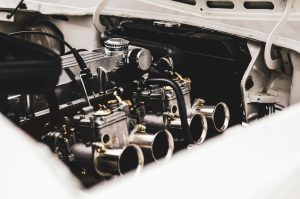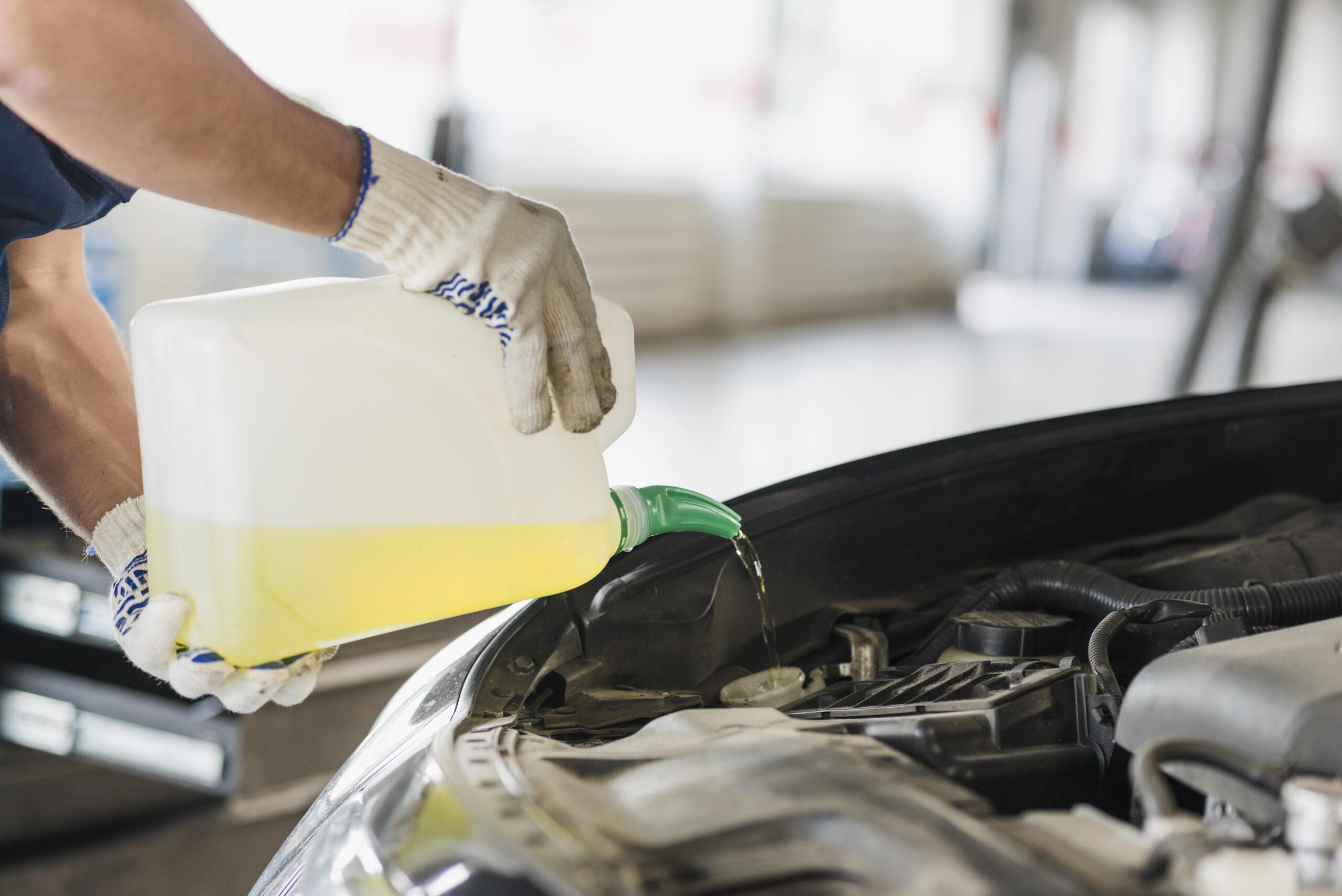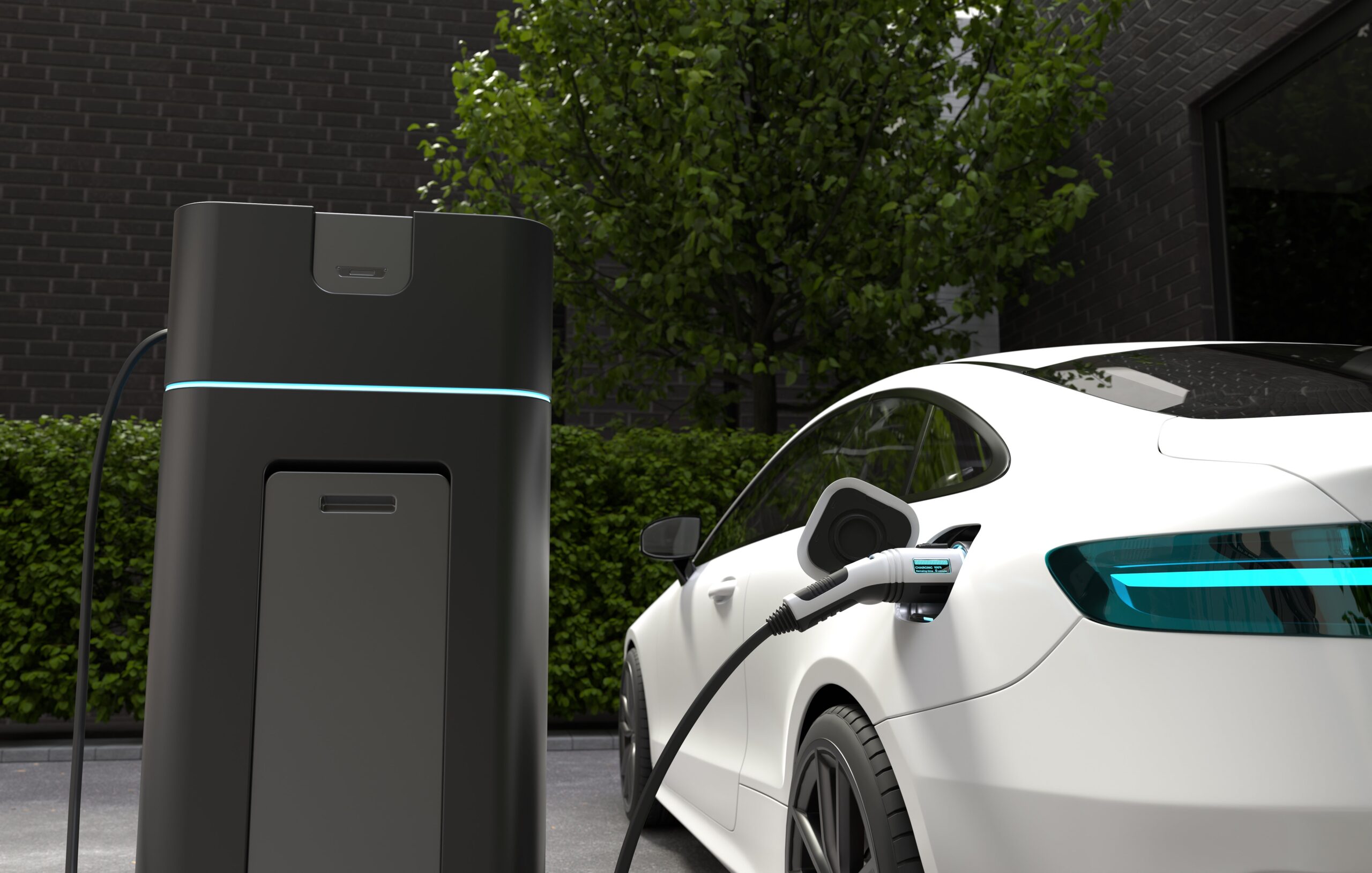What Is a Catch Can and How Does It Work?
If you’ve ever asked yourself what is a catch can, you’re not alone. A catch can is an aftermarket oil separator often fitted to diesel engines to help reduce carbon build-up and improve engine longevity. But what exactly does it do, and is it worth fitting one to your vehicle? Here’s everything you need to know.
What Does a Catch Can Do?
A catch can intercepts crankcase gases before they re-enter the intake system. These gases often contain oil mist and contaminants that, if not filtered, can coat your intake system in oily residue. Once inside the catch can, gases are slowed down, allowing oil and particles to condense and collect at the bottom. Cleaner air is then routed back into the engine for combustion.
Why Don’t Car Manufacturers Install Catch Cans?
While catch cans offer real-world benefits, most carmakers choose not to fit them as standard for a few key reasons:
-
Cost: Catch cans add to manufacturing costs, and many manufacturers prioritise emissions and pricing over long-term engine cleanliness.
-
Maintenance: Catch cans require regular draining and can add upkeep for owners.
-
Modern Engine Design: Some engines include upgraded PCV systems or internal oil separators that reduce the need for an external catch can.
Do Catch Cans Eliminate All Oil Mist?
No. Catch cans only filter oil mist from the crankcase ventilation system. They won’t capture oil from other sources, such as the turbocharger. Even with a catch can fitted, a small amount of oil will still make its way into the intake system. Additionally, while a catch can traps a significant portion of oil mist, it won’t catch everything.
Why Are Catch Cans Fitted?
The main goal of a catch can is to reduce carbon build-up in the intake manifold and on the intake valves. By minimising the amount of oil entering the intake system, the catch can helps reduce sticky deposits that, over time, can restrict airflow and affect engine performance.
Do Catch Cans Work?
Yes, catch cans are effective in reducing oil accumulation in the intake system. During servicing, we often find a measurable amount of oil collected in the can—proof that it’s doing its job. However, it’s important to understand that catch cans alone won’t eliminate carbon build-up entirely.
The Role of the EGR System and Combustion Quality
A catch can only filters oil mist, but exhaust gas recirculation (EGR) introduces another source of hydrocarbons and soot. When diesel engines suffer from incomplete combustion—due to faulty injectors, blocked exhausts, or low compression—they produce black soot. The EGR system then sends some of this soot back into the intake, where it mixes with oil to form thick carbon deposits.
So while a catch can reduces oil mist, it can’t stop soot from combining with oil if the engine has deeper issues.
Real-World Example
We once serviced two Audi Q7 3.0 TDIs with similar mileage—neither had a catch can. One had substantial carbon build-up; the other had none. The difference? The problematic vehicle had faulty injectors and combustion issues, leading to excessive soot. In that case, even a catch can wouldn’t have prevented the deposits entirely.
Final Thoughts
So, what is a catch can good for? A properly installed and maintained catch can helps reduce oil mist entering the intake system, which can slow down carbon build-up. However, it’s not a silver bullet. It won’t stop issues caused by poor combustion or EGR-related soot.
Still, a catch can offers low-risk benefits—especially for diesel owners looking to keep their engine internals cleaner for longer. If you’re considering fitting one, or want advice on carbon build-up prevention, contact The Torque Team today.









